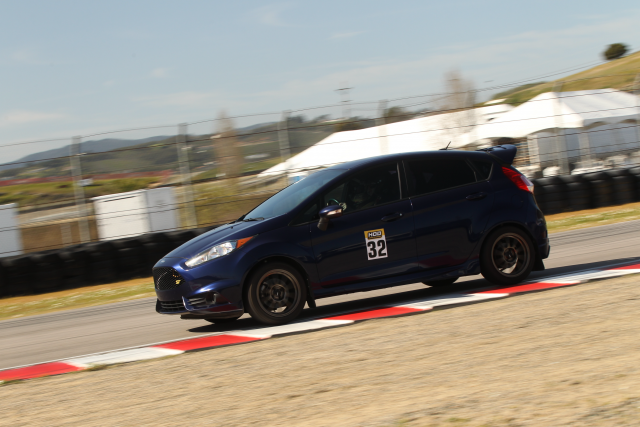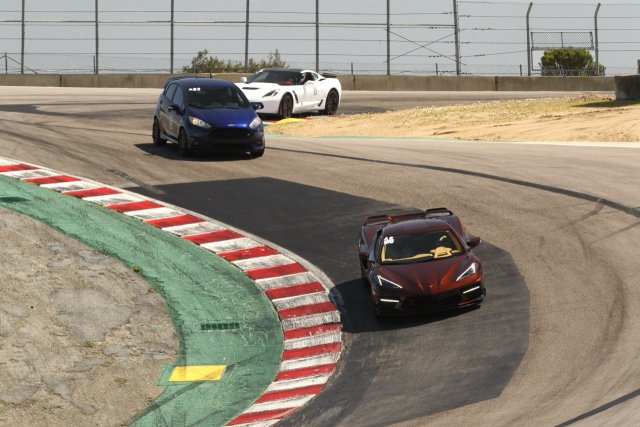Got serious and finally did a brake (and clutch) flush with ATE200 brake fluid. Added stainless lines while I was at it. There's a slight difference, but very subtle and could just as well be the new fluid rather than the brake lines. Ran 2 whole liters of fluid through the system.
Ended up buying a power bleeder, and making 4 of my own brake bleeder bottles with 1/4" silicone tubing, some juice bottles from work, some cheap 1/4" PVDF check valves, and some silicone bottle clip rings I found on ebay, with a little wire to hang them. Ended up being a huge help since to do it right, you need to bleed with Forscan.
My neighbor gave me some surplus surgical drapes that I cut up and put to good use here to keep from spilling brake fluid everywhere.
Word for the wise, if you do a pretty thorough brake flush by cycling the ABS unit, hook the car battery on a charger. The ABS unit draws a ton of current, and if the accessory voltage Forscan is seeing drops below 10V, it aborts the test. I'm glad I had the check valves in the bleeders, as the last flush stopped in the middle!
Ended up buying a power bleeder, and making 4 of my own brake bleeder bottles with 1/4" silicone tubing, some juice bottles from work, some cheap 1/4" PVDF check valves, and some silicone bottle clip rings I found on ebay, with a little wire to hang them. Ended up being a huge help since to do it right, you need to bleed with Forscan.
My neighbor gave me some surplus surgical drapes that I cut up and put to good use here to keep from spilling brake fluid everywhere.
Word for the wise, if you do a pretty thorough brake flush by cycling the ABS unit, hook the car battery on a charger. The ABS unit draws a ton of current, and if the accessory voltage Forscan is seeing drops below 10V, it aborts the test. I'm glad I had the check valves in the bleeders, as the last flush stopped in the middle!
I ask since I am wondering if the called for need of a DOT4 LV fluid is all just total BS or not, and I would prefer to use the Typ200 over even the great, also long lasting like the Ate claims to be (but lower wet and dry boiling points, of course), Bosch LV fluid I used for the last (and first for this car) full brake/clutch fluid flush (but not with the Forscan cycling activation though, as the self employed, individual mechanic I went to did not have that program at all
![Frown [:(] [:(]](/images/smilies/frown.png) ).
).Of course, if you are going to do open track sessions you actually want all of the nannies as disabled as possible (yes, many of us even on the street want the same as well, it seems), so if the more viscous fluid somehow helps accomplish that by either defeating, or lessening them, all the better for that scenario.
Did you use the (factory manual suggested) reverse bleed flush method for the clutch, or a reservoir down flush method?
Last edited:






